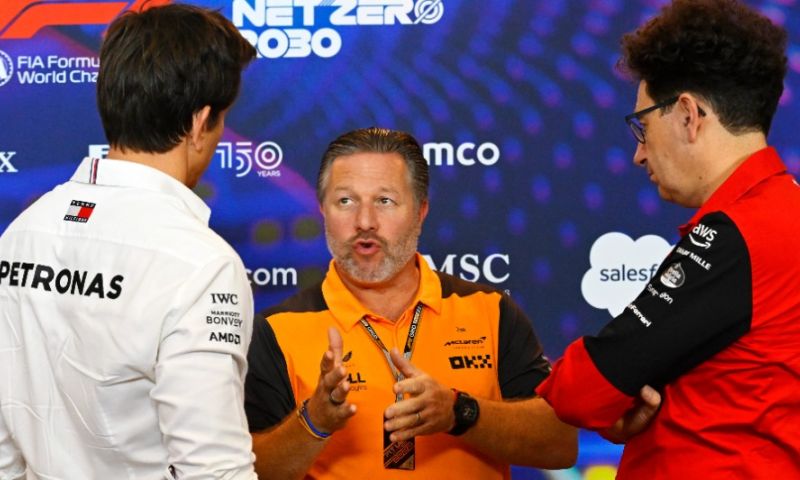General

Gardening leave in Formula 1: what does the future look like?
- GPblog.com
Several Formula 1 teams could make good use of Mattia Binotto's qualities, but the departed Ferrari team boss reportedly has to abide by contractual agreements surrounding gardening leave. What exactly does that term mean? And what does the future look like?
The term comes from the business world and makes it clear to employees that after leaving the organisation, they may not hold a position elsewhere for some time. It is now also well known in Formula 1. Formations thus want to ensure that technical staff, and hence team bosses, transfer their knowledge to the competition. This often involves a period of up to a year, and in return the teams pay the salary for a while.
That period now also seems to apply to Binotto, meaning the Italian will definitely not be back in Formula 1 in 2023. Next calendar year, when his knowledge of his former team's future plans is partly outdated, he will then have the opportunity to find a new employer again. As a result, he will watch from the comfort of his armchair how Ferrari will fare this season.
That teams have other options, however, Sauber and McLaren proved last month. Zak Brown announced on behalf of the British formation that he favoured Andreas Seidl's move to Sauber and therefore did not want to keep him on gardening leave. A similar decision was made by Sauber for Frederic Vasseur, giving him the opportunity to chase his dream and become team boss of Ferrari.
Why do teams and employees choose it?
The motivations of teams are easy to understand. Whereas drivers largely focus on the short-term by performing as well as possible during race weekends, the rest of the team often has a longer-term focus. As a result, team bosses and technical staff know in detail which direction the racing stable is heading. Therefore, if gardening leave were not there, the competition would be able to 'buy away' knowledge even more easily.
For the other end of the spectrum, the situation is different. For example, looking at the current balance of power, it is logical that staff at Williams or Haas F1 would love to switch to Red Bull Racing or Ferrari. However, the gardening leave prevents them from making a direct switch, possibly missing out on their dream job.
However, the concept has become so ingrained in Formula 1 over the past decades that there is often no option but to sign the contract and agree to the terms. Should employees still want to make a direct switch, they need the luck that, as happened at McLaren with Seidl, the opportunity is granted. However, this does not happen much.
What does the future look like?
It is by no means likely that the gardening leave will disappear from Formula 1 in the next few years. With the new regulations bringing the teams closer together, details are more important than ever before. Knowledge is simply power and therefore teams will not agree to change the rules. Departing employees also benefit financially.
However, the term of gardening leave may well be adjusted. Over the years, its maximum length has been changed several times. More than 20 years ago, for instance, it was not allowed to keep an engineer longer than six months, while Renault was controversial a few years ago for the fact that Mercedes often put a two-year term in the staff's contract.
It is entirely in keeping with these times, when many changes are taking place in Formula 1, that this term should be looked at again. For the teams, extending the term would be desirable, allowing them to focus even more on the long term in the sport. And that is crucial, as the differences between the cars are narrowing and this trend seems to be continuing. A definitive end to the gardening leave is therefore ruled out for now.

